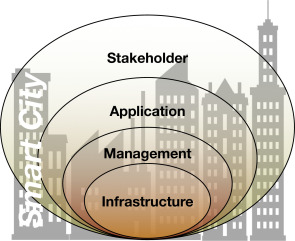The built environment is responsible for large negative ecological impacts due in part to the vast amount of materials used in construction. Concurrently, construction and demolition activities result in vast amounts of materials being buried, burnt, and dumped. It is essential therefore to analyze the impact of building materials acquisition, use, and transformation on the ecosystems people inhabit and rely upon for well-being. Typically, this is examined in terms of material use, energy use, and emission of pollutants including greenhouse gases.
Plastics are a frequently observed component of marine debris and there is growing concern about microplastic (MP) ecotoxicity, and the impacts of additives, sorbed hazardous organic contaminants, heavy metals, and biofilm on MP surfaces. The relative importance of MP from different terrestrial and freshwater sources is poorly understood and limits our ability to develop best management practices.

